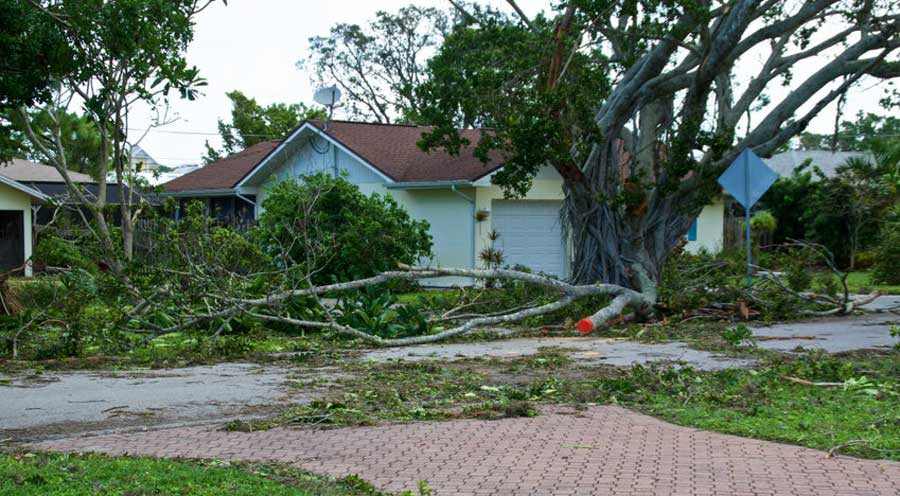
May is a wonderful time of year — the weather is finally warming up and staying there after a long, cold winter. But with that warm air colliding with the remnants of winter, May is also the perfect storm — literally — for inclement weather and with it the havoc it might wreak on your property.
Here is a checklist to help navigate as you begin the process of responding to storm damage:
Prioritize, above all else, safety
If you are on site, be very careful to make sure everyone leaves alive and well. An old tenet applies here: while it’s beneficial to hope for the best, you should also assume the worst, in terms how you approach what you find. Any structure could be about to fall. Any downed electrical lines could be live and thus potentially deadly. Any chemical spills could be harmful. So, before anything else, ensure you and those you care about are secured. Things can be replaced and/or lived without; the lives of your loved ones are irreplaceable.
Review your property and potential damage carefully
Look over any breakage in your property or structures, from obvious changes or damage to whatever holes and cracks you may come across. No one will likely know your property and what condition it was in before a storm than you will, so you can be of service to storm cleanup contractors or insurance adjusters simply from that institutional knowledge. And be truthful in expressing your observations and bold in sharing your concerns or questions. It again bears reminding — take great care to be safe while you are doing this. Wear safety equipment (goggles, helmet, long pants, closed-toe shoes or boots) if possible.
As safely as possible, prevent further damage
If it is safe to do so, make sure your belongings are moved out of the way of further trouble, especially things of great sentimental and/or monetary value. It would be a shame to incur additional loss or damage after the actual storm had passed, keeping in mind that trees, bushes or structures might still fall or otherwise show damage in the hours, days and weeks after the weather threat had ended. Disconnecting gas pipelines and contacting electrical companies to consider doing the same are good steps to take also. Thinking ahead and anticipating potential issues that could creep up are critical here.
Little’s can help!
If you haven’t already by this point, call a storm damage restoration company to assist you. Little’s Excavation has the expertise and equipment to help you through this process safely and minimize further damage to your property and belongings.
